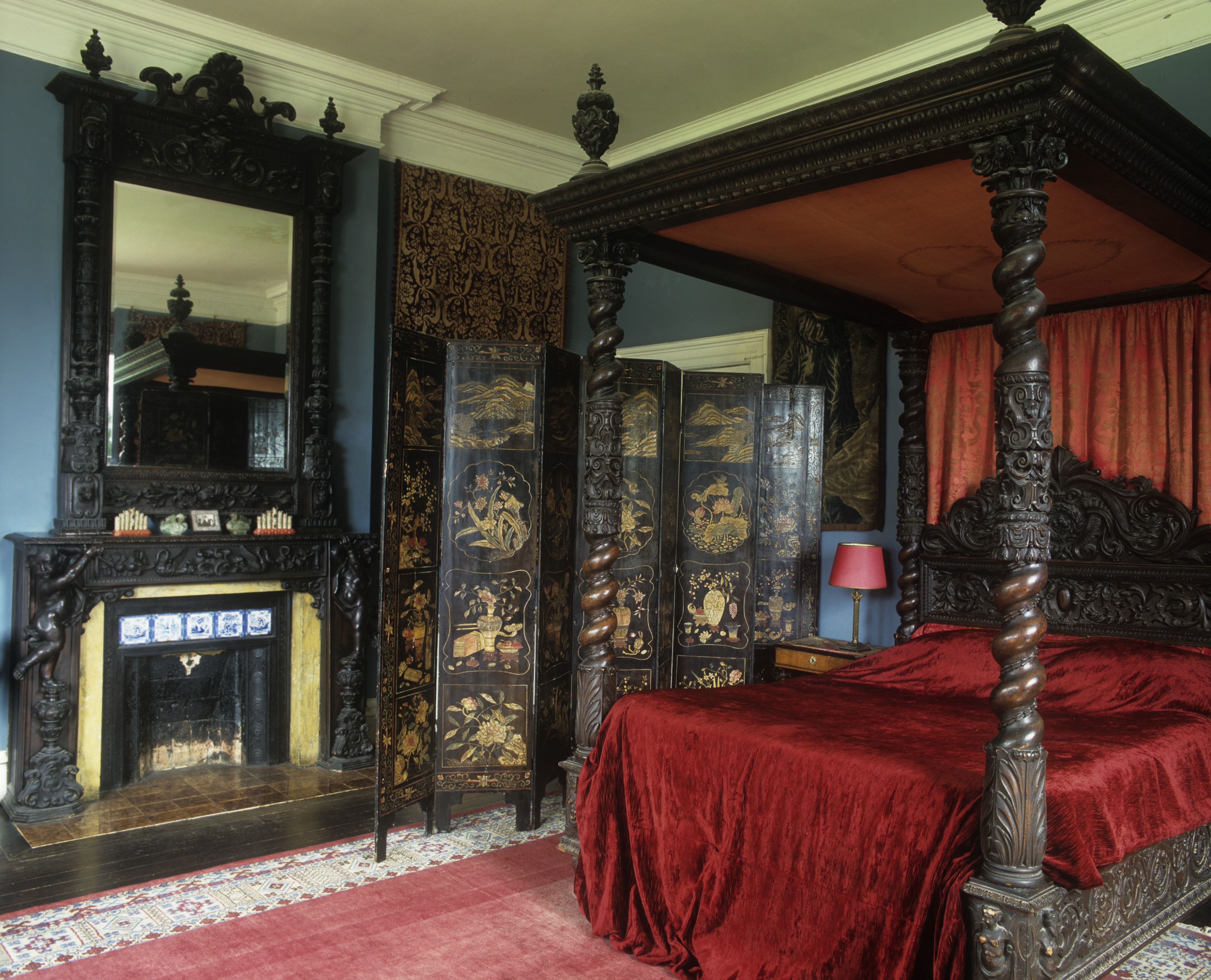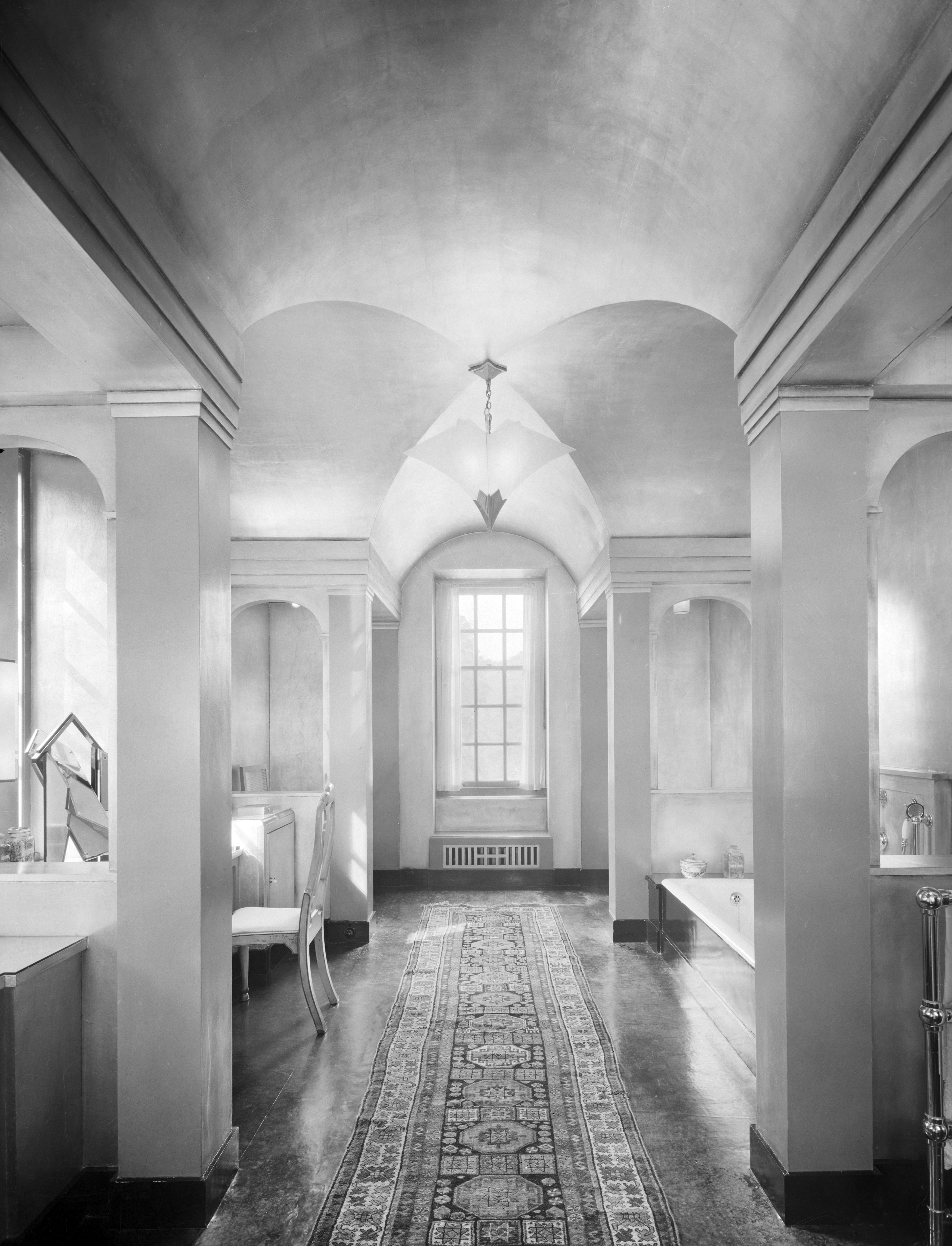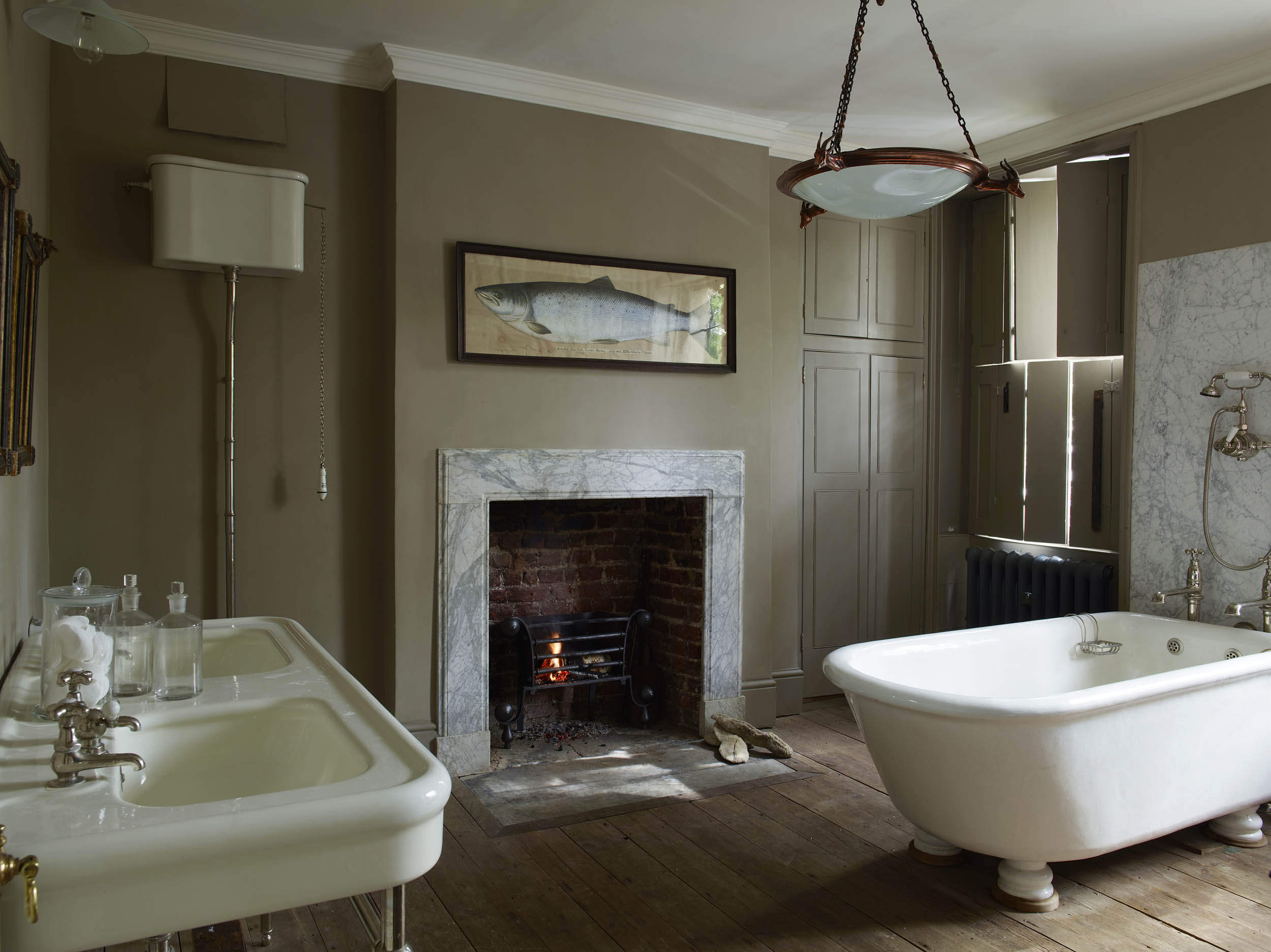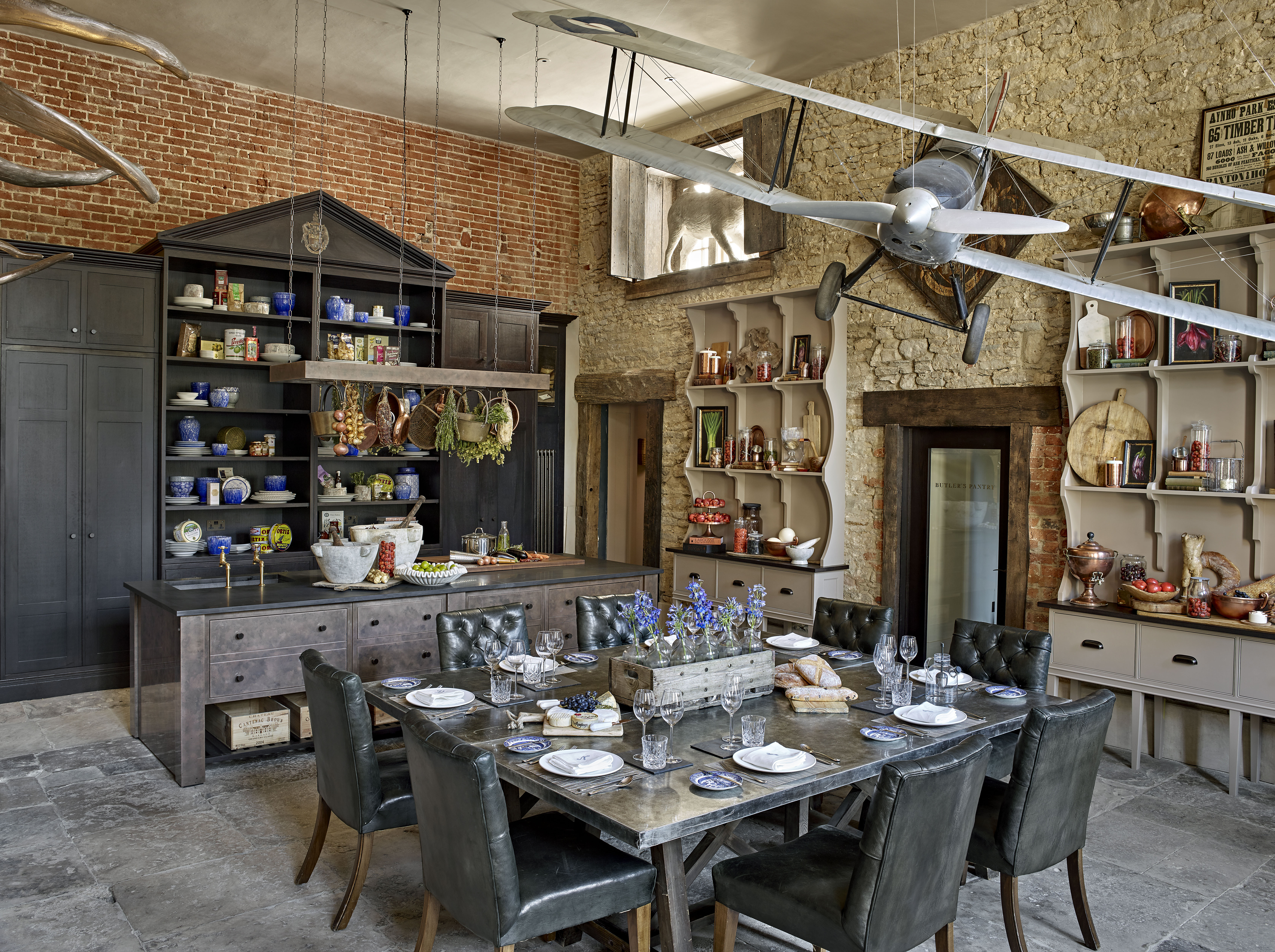A classic 19th century Italianate bedroom in an Irish country house, proving that sometimes more is more
The Red Bedroom at Castle Leslie was feature in Country Life back in 1999, having been furnished over one hundred years earlier. It remains much the same today.


‘Walking through the rooms of the high-Victorian Castle Leslie in Co Monaghan is like turning the pages of a book recording the passion for Italian art harboured by Sir John Leslie.’ So says Jeremy Musson in Country Life magazine on the 15th July 1999, following a visit to the fine establishment.
‘The chapters in his life can be read in the paintings and furniture throughout the house he built and furnished after he inherited the estate.’
Born at Leslie and educated at Harrow and Oxford, it is surprisingly unsurprising that Sir John’s taste swung so far south from his Irish home. Resigning his military commission for a career as an artist, his four-year Grand Tour ( beginning in 1844) saw him pass through many of Europe’s cultural hotspots, including Seville, Madrid and Rome, where he found furnishings so to his taste that he brought them home with him.
Musson continues. ‘His rebuilding of Castle Leslie was completed in 1878. The furnishing and decorating of his new home gave Sir John full rein to indulge his passion for things Italian.’
The Red Bedroom (pictured in this quirky photograph by Paul Barker from the Country Life Picture Library) was not exempt from Sir John’s Italianate influence. Having acquired many furnishings from Florence and other parts of his muse-like country, he sought places for them in his new abode, finding a home for a carved bed and chimneypiece from Perugia in this fine room.
A letter to his wife Lady Constance hints that Sir John was aware of the single-minded nature of his vision: ‘'The Florentine Furniture looks very fine – such grand frames – a splendid table for the Gallery – We have more than I thought.’
Flying directly in the face of less-is-more, every inch of the room screams of dedicated decoration, pairing blue walls with red carpets, curtains and upholstery. The windows which face the bed would've then (as they still do now) offered a contrastingly-serene view, as after Sir John's renovations he writes to his wife 'gymnastics are positively required not to see the lake for a view of it appears in every room.'
Exquisite houses, the beauty of Nature, and how to get the most from your life, straight to your inbox.
A review published in the magazine in 1996 by Rupert Uloth (who writes for Country Life to this day) lists eccentricity as the minimum requirement needed to open up a family home to the public as a hotel ‘in the heart of so-called bandit country'. Rupert then goes on to describe the Red Room as having ‘a thunderbox that would put Caesar's throne to shame’ perhaps similar to the red lacquered room at Upton House.
The castle remains a hotel today and in the now-dubbed 'The Red Master Room', Sir John's decorative skills have pervaded through the ages (although the velvet throw has been replaced with a rather more muted alternative). Referred to as 'the centre of family life at Castle Leslie Estate for centuries', the room is much the same as Paul Barker captured it 20 years ago. Whether this be a positive or negative thing is not for us to say.

A classic 1930s bathroom with exotic charm and an unexpected touch of bling
The bathroom at Upton House in Warwickshire was featured in Country Life back in 1936.

A 19th-century bathroom in an 18th century home that works perfectly for a 21st century family
Jamb’s co-founders have created a timeless bathroom in their 18th-century London home. They showed it to Amelia Thorpe.

Credit: Nick Smith Photography
A Grade I-listed kitchen, sympathetically transformed with a touch of drama and a flight of fancy
The country-house kitchen has been reimagined at Aynhoe Park with a touch of theatre, finds Amelia Thorpe. Photography by Nick
